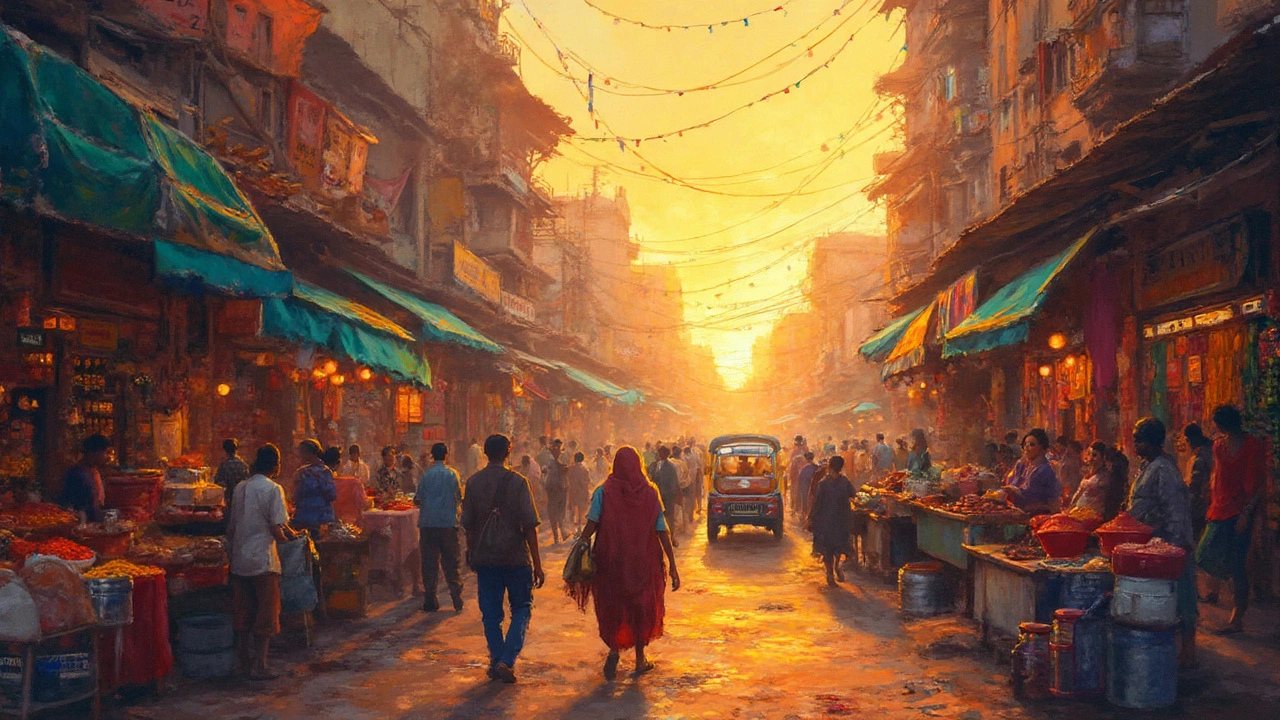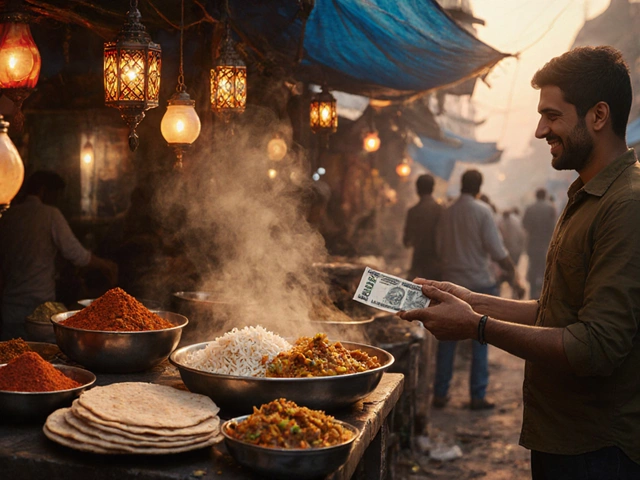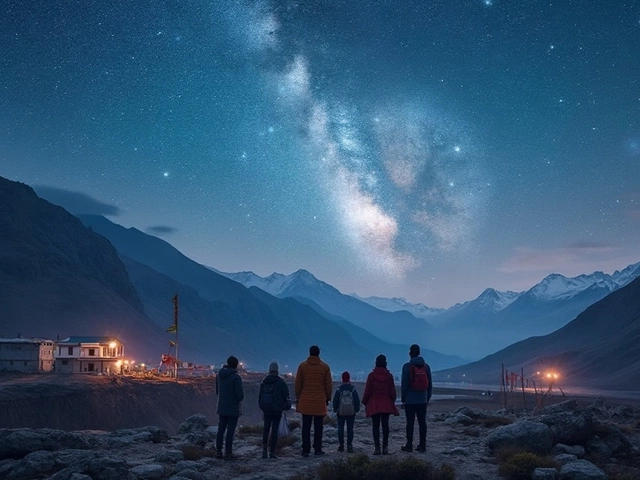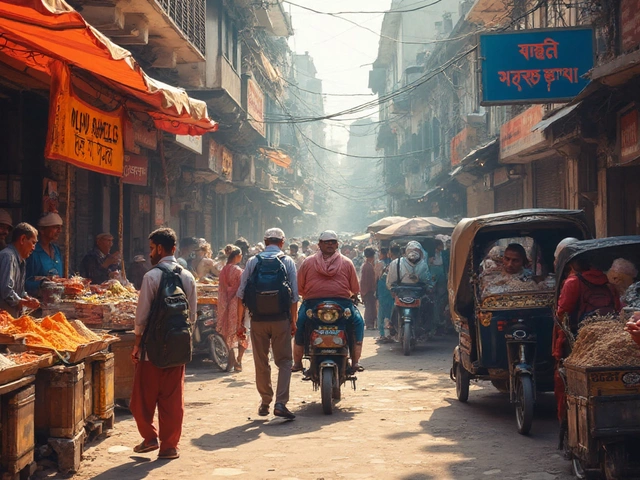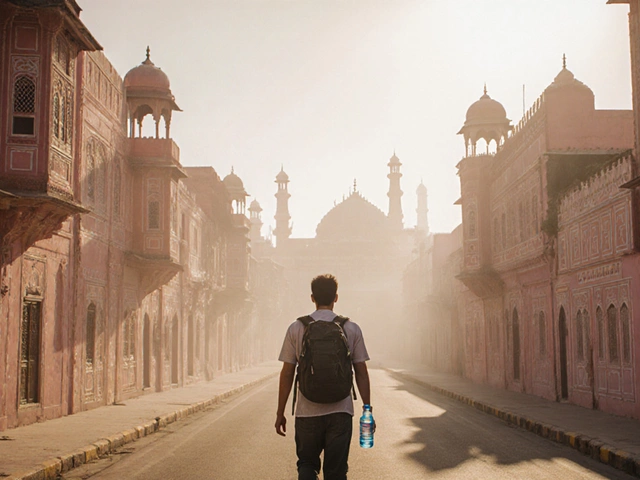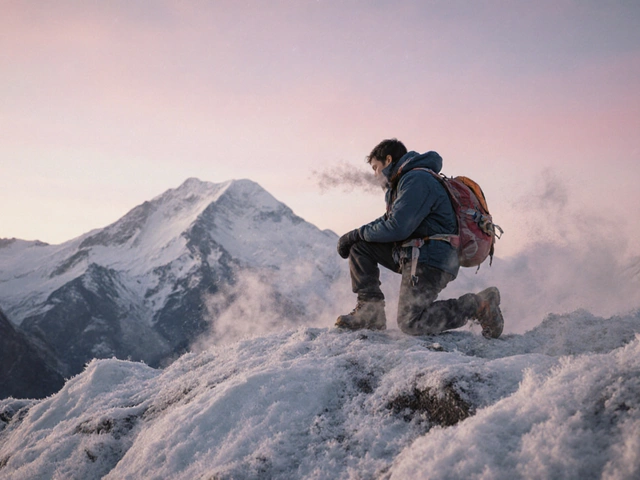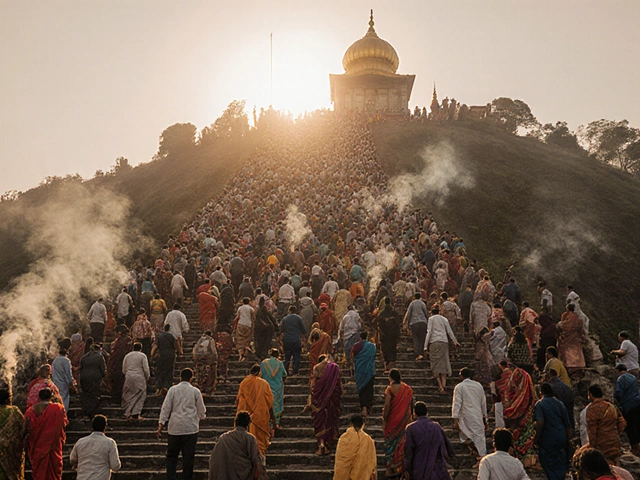Spending just one day in India can flip your idea of "expensive" on its head. You'll see backpackers munching on street food for fifty cents while luxury travelers glide into palaces on wheels. One lunchtime, a plate of spicy chaat might cost less than bottled water at an airport anywhere else. The next, you might find yourself staring at a bill for eight bucks just for coffee in Mumbai's trendiest café. Is India an expensive country to visit? That depends entirely on how you want to see it—and just how much comfort, convenience, and Instagrammable moments matter to you.
The Real Cost of Traveling in India
India checks all the boxes for travelers on a budget, but it's possible to spend a small fortune if you want five-star luxury. Let’s break down the basics. A single train ride between major cities: $2-$30, depending on your class. A budget hotel room can be yours for under $15 a night, and even a mid-range hotel in a major city rarely crosses $70. You can eat hearty street food meals for pennies or splurge at a fancy restaurant for $20 per head. Taxis and app-based rides cost less than what you’d pay for a coffee in most Western cities.
The daily average cost for a frugal backpacker floats around $25, covering basic accommodation, three meals, and public transportation. Want a little more comfort? Pump your budget to $50-$100 per day and you’ll have a decent room, safer transport options, and meals in nice restaurants. Fancy a little luxury—personal drivers, luxury hotels, spa treatments? You could easily spend $200-$400 a day, and if you chase the opulence of places like The Taj Lake Palace in Udaipur, there really is no ceiling.
But let's be real. Most travelers don’t come to India to blow money at every turn. For those looking to stretch their rupees, it barely gets cheaper than India. ATMs are easy to find in cities, and most major hotels accept international cards. Cash is king for markets, local transport, and smaller eateries. It's always smart to carry small bills; you'll use them constantly.
If you’re wondering about "is india expensive," check out this average budget table for a two-week trip in 2025:
| Type | Budget Traveler | Mid-range Traveler | Luxury Traveler |
|---|---|---|---|
| Accommodation (per night) | $10-$25 | $40-$80 | $200+ |
| Meals (per day) | $3-$8 | $12-$30 | $80+ |
| Transport (per day) | $1-$4 | $5-$20 | $50+ |
| Attractions (per day) | $1-$6 | $8-$25 | $50+ |
| Daily Total | $15-$43 | $65-$155 | $380+ |
Prices swing wildly between regions. Tourist hotspots like Goa or Kerala tend to be pricier in peak season (December to January) while destinations like Kolkata or Varanasi stay affordable year-round. Big cities—Delhi, Mumbai, Bangalore—can surprise you with their sky-high hotel rates during festivals or business events. Book ahead and use local booking sites for the best rates; international ones often mark up prices for foreigners.
What Makes India Expensive for Some—and Dirt Cheap for Others
There’s a magic to how your travel style determines your budget in India. If adventure is your middle name, hop on sleeper-class trains, eat at dhabas (roadside restaurants), and share rickshaws. For less than what you spend on coffee back home, you’re stuffed with dal and endless chapatis. Backpackers and digital nomads turn India into an endless adventure by hopping between hostels, using budget airlines like IndiGo, and feasting at local favorites.
Now, if you’re used to Western standards and want some pampering—Western toilets, pillow menus, gluten-free breakfast—you’ll reach deeper into your wallet. Think about airport transfers in a private car, rooms with city views, AC everywhere, and international-brand hotels. You’ll pay Western prices. Expect to shell out for imported wines or food, which can cost 3-4 times the price back home.
Health can hit your wallet if you’re not careful. A basic hospital visit is a few dollars, but high-end clinics in big cities charge far more. International travel insurance is a must. Tap water isn’t safe to drink, so factor in the cost of bottled water or invest in a reusable bottle with a filter.
Entry fees to Indian monuments can be tricky. Foreign tourists pay 5-10 times more than locals at places like the Taj Mahal (around $15 for tourists vs. 60 cents for Indians), but these still aren’t bank-breaking compared to European or American attraction prices. For major festivals like Holi or Diwali, everything from hotels to taxis can triple in price. It’s wiser to book ahead or stay a few blocks away from the action to avoid price surges.
Bargaining is the name of the game in India’s markets. Vendors expect it and quote a tourist price first. Knock off about 20-40% from their initial price and meet somewhere in the middle—nobody gets offended, it’s all part of the fun. For taxis or tuk-tuks, agree on a price before hopping in. Or use popular apps like Ola, Uber, or Rapido for transparent rates.
Hidden costs can creep in—visa fees, airport transfers, tips, and even local sim cards. Tourist visas start around $25-$40 for most Westerners, as of now. Most restaurants tack a 5% service charge onto your bill, with fine dining charging up to 10%. India isn’t big on tipping for street food or in smaller restaurants, but you might want to round up the bill or add a few rupees for exceptional service at hotels or with drivers.
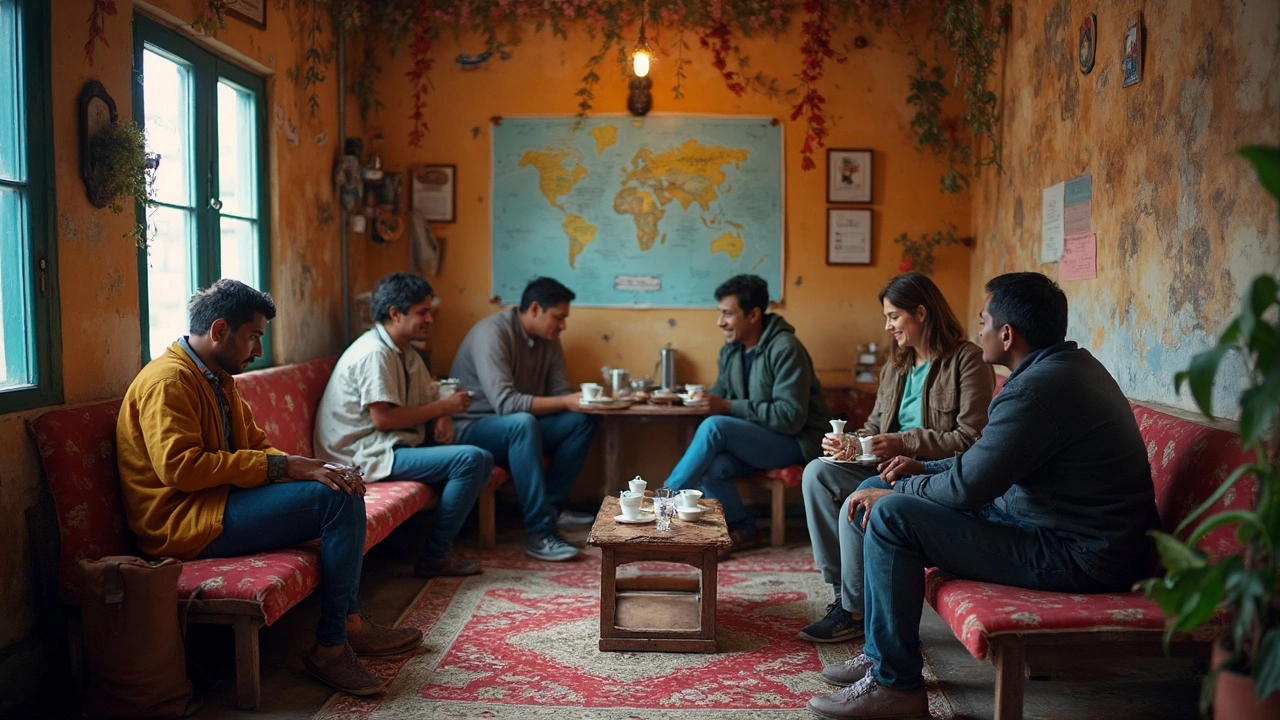
Money-Saving Tips and Common Tourist Traps
If you’ve ever had "Delhi belly," you know the hidden price of not being careful. Save cash (and your stomach) by sticking to hot, freshly-cooked food with a crowd. Avoid ice unless you trust the source. Download the Zomato or Swiggy app for honest reviews and pricing before you go to a restaurant. Local food is incredibly delicious—don’t skip the thali, dosas, samosas, or kulfi for dessert. If in doubt, eat what everyone else is eating and steer clear of empty spots.
Skip airport taxis, and opt for app-based rides or prepaid coupons at the arrivals terminal. Long-distance buses and trains are shockingly cheap, but the top classes cost more. Domestic flights are affordable—compare rates across Indian airlines and book early for the best deals. Always double-check train and flight times; schedules can change without notice, and trains may run fashionably late.
Crowds are part of the Indian experience, but staying flexible with your plans helps avoid sticker shock in demand-heavy months. Shop from government-run handicraft stores or fixed-price shops to get authentic goods—street markets are fun but demand good haggling skills.
ATMs usually work for international debit cards, but keep a backup. There are sometimes issues with foreign cards, especially in remote areas. Use digital payments—apps like PayTM and Google Pay are everywhere, but getting set up requires an Indian SIM card. Speaking of which, SIM cards with unlimited data cost less than $5 for two weeks if you bring your passport to a mobile shop.
Looking to stretch your budget? Avoid Western chains like Starbucks and McDonalds, which charge almost the same as home. Go for Indian coffee houses or small bakeries. Take local buses—they’re cents on the dollar but wild, crowded, and fun if you don’t mind an adventure. Overnight trains double as transport and cheap lodging; book an AC sleeper for comfort.
Many tourists get caught in "guides" or touts outside major tourist attractions—some are genuinely helpful, others only interested in your wallet. Stick to official counters for entry tickets or use the new government-backed travel apps. Don’t fall for the "helpful" stranger at train stations offering to book last-minute tickets—there’s a good chance it’s a scam.
India by the Numbers—and Why the Price is Worth It
Numbers don’t lie, so here’s a quick snapshot: India’s official tourism stats for 2024 clocked foreign visitor numbers at nearly eleven million. About 65% of first-time travelers reported spending less than $1,000 on a two-week trip, including flights. Solo travelers and couples can keep it well below $50 per day if they skip big hotels and take public transport.
If you want luxury, India will give it to you in style. Hop onboard the Maharajas’ Express (the fanciest train in Asia) and you’ll burn $7,000+ in a week. Or stay at the Oberoi Udaivilas, often voted the world’s top hotel, for $600+ a night. You get a staff-to-guest ratio higher than anywhere outside Dubai and Paris. But that’s the thing about India—the price is what you make of it.
It’s not just about saving money. India gives you so much for so little—a sunrise over the Ganges, color-splashed streets during Holi, mouth-numbing curries, centuries-old forts, bustling night markets. In the past decade, tourism infrastructure has blown up with new hostels, boutique hotels, and easy e-visa processes. And despite inflation hitting big cities, backpacker favorites like Rajasthan, Himachal, and the Indian Northeast stay stubbornly cheap.
One quirky detail? Almost no one leaves India with empty suitcases. Even strict budgets tend to get blown on hand-embroidered fabrics, spices, jewelry, or carved souvenirs sold in labyrinthine bazaars. Many travelers end up shipping boxes home to dodge overweight luggage fees. And no one seems to mind, because the joy-per-dollar ratio is off the charts.
Is India expensive to visit? If you want it to be, sure. But for most people, even with splurges, it's one of the few places where your money travels as far and as wide as your curiosity. The biggest challenge isn’t affording India—it’s figuring out when to leave.
